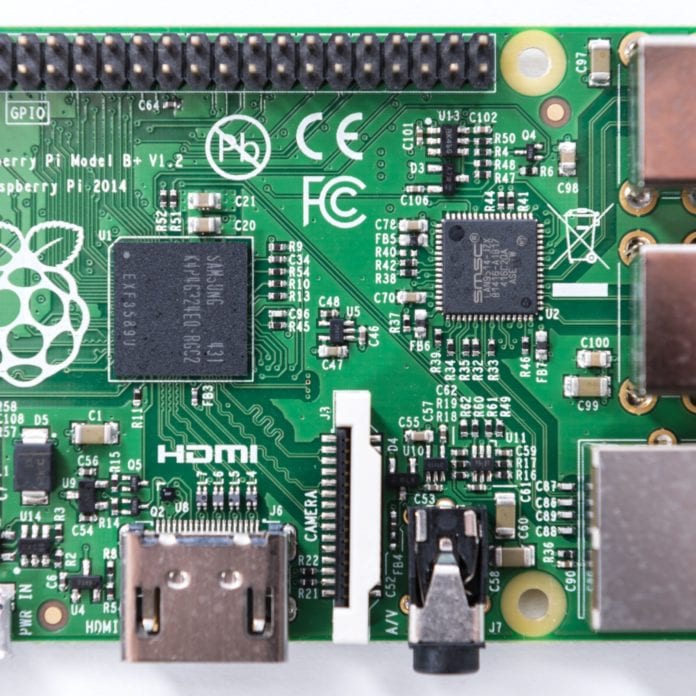If the ambiguity of the term “things” in “internet of things” gets to you, look no further than an explanation of embedded systems. Though also found throughout a number of industries, embedded systems are very much what helps bring things to the internet. We will define the term, look at some pros and cons and provide specific examples of what is considered an embedded system.
What is an embedded system?
An embedded system is an electronic system that uses a computer chip for special-purpose computing. These systems use microcontrollers, or microprocessors (CPUs with built-in memory), and since they are designed for specific tasks, can be optimized to reduce the size and cost of the product and increase the reliability and performance.

Embedded systems have extensive applications in consumer, commercial, automotive, industrial and health care markets. According to PCMag, the embedded systems market uses the lion’s share of electronic components in the world.
According to Barr Group, embedded systems are often required to provide real-time response, an important characteristic of many IoT systems.
Embedded systems, sometimes referred to as deeply embedded systems, are low-bandwidth, low-repetition data capture and low-bandwidth data-usage “appliances” that communicate with each other and provide data via user interfaces.
Embedded systems everywhere
Because they use very little power power, embedded systems are used to run very specific tasks. Here are some everyday uses of embedded systems:
- Remote controls
- Washing machines
- Microwave ovens
- RFID tags
- Sensors
- Actuators
- Thermostats
It is also used in networking hardware such as switches, routers, modems, mobile phones and PDAs.

More examples of embedded devices include dishwashers, banking ATM machines and point of sale terminals.
Its place in industrial IoT
Embedded systems will be at the cornerstone for the deployment of many IoT solutions, especially within certain industry verticals and industrial IoT applications, according to Mind Commerce.

Usually, embedded devices are a part of a larger device where they perform specific tasks for the device. For example, embedded systems are used as networked thermostats in heating, ventilation and air conditioning systems, according to Market Research. In home automation, embedded systems are used as wired or wireless networking to automate and control lights, security, audio/visual systems, sense climate change and monitoring.
Major players in embedded system hardware and software developments are aiming to bring these transformations into their products to take advantage of growing IoT markets. The areas that are going to transform are real-time operating systems; microprocessors and microcontrollers; memory footprints and networking; open source communities and developers, according to Telecom Engine.
Benefits
Embedded systems have many benefits, here are a few from Techwalla:
- Physical
- Because an embedded system always performs the same basic tasks, it rarely needs any hardware changes. As a result, it’s much easier to house an embedded system in a device such as a set-top box that isn’t designed for user servicing.
- Dedicated tasks
- Unlike a full-blown computer, an embedded task usually only performs one task at a time. By being dedicated to this task, the box can do it without interruption.
- Operating system
- As an embedded system usually performs a simple role that does not change, the requirements for the operating system are less onerous.
- Specifications and cost
- Hardware demands for embedded systems are usually much lower than those for full PCs.
Challenges
An embedded system, however, is fairly limited in its actual computing abilities. It is frequently programmed once, and the software cannot be patched. Even if it is possible to patch faulty software on an embedded system, the process is frequently far too complicated for the user.
An embedded system will have very few resources when compared to full blown computing systems like a desktop computer. The memory capacity and processing power in an embedded system is limited. It is more challenging to develop an embedded system when compared to developing an application for a desktop system.

